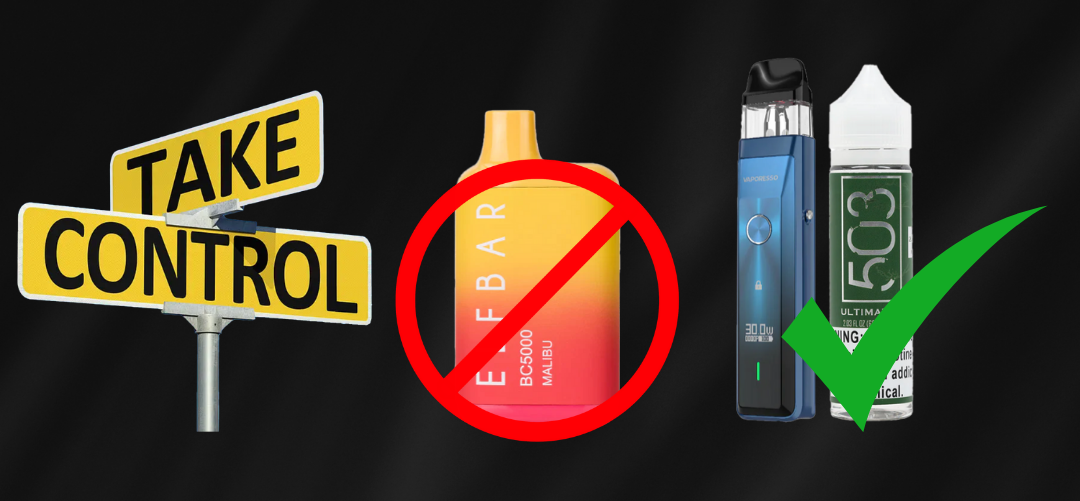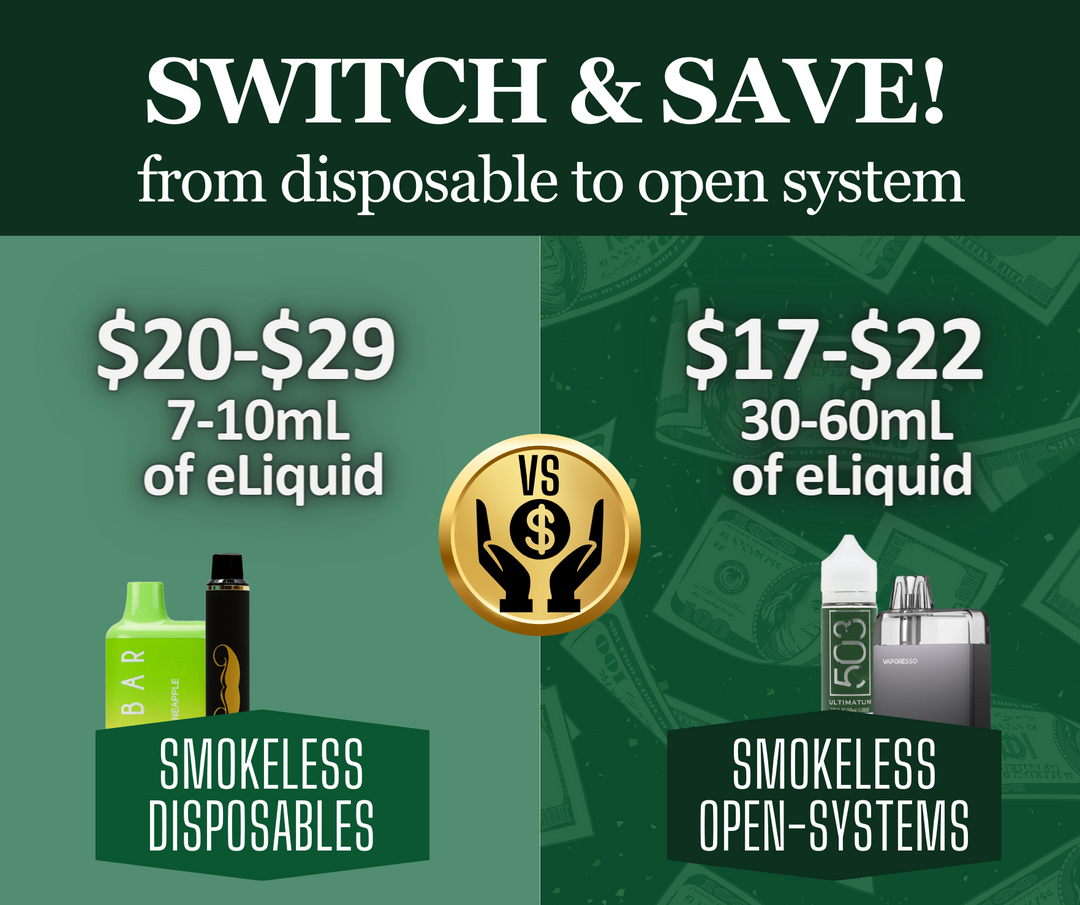Misleading Reporting is a Disservice to Public Health
When talking about science and research, context matters. In the context of vaping, Media reports often feature daring, dramatic, attention grabbing headlines and misrepresented research results. The most recent example of this was an article posted in the Star Tribune last week titled "New Research Raises Burning Questions about Vaping's Safety"
In the article, a Star Trib reporter took a significant portion of the piece from an impromptu ambush interview of a local vape shop employee and a customer. While the words of the employee were not damning by any means, the reporter definitely used a lot of it out of context. A lot of media mistakes objectivity as neutrality and this article is no different. Neutral doesn't mean accurate.
Science, interrupted
But what of the actual science quoted in the article? The first thing to note is the lack of linked or properly cited studies in the article. Naming a publication is different than giving readers proper access to the information itself.
The first study the article talks of was a study by Johns Hopkins Bloomberg School of Public Health, which mirrors a previous study, stating that "heating coils in some e-cigarettes may leak metals that are potentially harmful to users. The researchers found lead, chromium and nickel in the aerosol of e-cigarettes."
The problem? Neither the John's Hopkins study nor the Star Trib article gave readers the actual numbered concentrations of those metals in vapor. The JHB study mentioned how metal concentrations were in stand alone liquid versus vapor, but this is an attempt to promote the idea that heating coils leak metals after use. If either publication had shown the math, a quick google search would have shown that the levels recorded were well below being considered dangerous.
In fact, Dr Konstantinos Farsalinos, a well known anti-smoking and public health expert, debunked the trumped-up findings with simple context:
"For those asking questions about the latest study on metal emissions from e-cigarettes, here is my comment: The “significant amount” of metals the authors reported they found were measured in ug/kg. In fact they are so low that for some cases (chromium and lead) I calculated that you need to vape more than 100 ml per day in order to exceed the FDA limits for daily intake from inhalational medications.”
100ml per day is much higher than the vast majority of vapers consume. Even the most hardcore users would struggle to vape through that much liquid. To display the fact that such metals were found without giving context on use or even the numbers themselves is misleading at best.
Another study mentioned, this one from The University of California San Fransisco, stated that vaping daily "doubled the risk for heart attacks" but the article failed to note how that risk compared to smoking traditional cigarettes.
And here in lies the overall issue with how many media organizations cover the topic of vaping.
Harm reduction has always been the goal
Say it with me: Harm. Reduction. The concept of vaping nicotine instead of smoking it has technically existed since the 1960's. Engineers were looking for a way to deliver nicotine without the harmful effects of burning tobacco. In the early 2000s, Chinese inventors created devices like the Ruyan, after watching their friends and family suffer the effects of traditional smoking. While their designs were crude and primitive by today's standards, they had one goal: finding a better alternative to smoking.
Any responsible vape shop owner or product manufacturer shares that same goal. The real problem with the media's current dialogue about vaping is that not enough emphasis is put on the differences between smoking and vaping. Responsible vape industry members are not looking to hook a new generation of addicts; they seek to help the addicts who already exist get out of the destructive habit cycle they find themselves stuck in.
Reports like the Star Tribune's recent article are a disservice to public health and honest information. It's this dishonest, puritanical context framing that has and will continue to avoid a potentially life saving alternative. as one reader of the article commented: "I'll stick to smoking my tobacco cigarettes." Smokers are led to believe that vaping cannot be trusted, even though studies showing vaping's potential for serious harm reductions greatly outweigh studies that attempt to sow doubt. One of the most comprehensive and prominent of which was the Royal College of Physicians. They concluded that vaping was, on average, 95% safer than vaping.
"Large-scale substitution of e-cigarettes, or other non-tobacco nicotine products, for tobacco smoking has the potential to prevent almost all the harm from smoking in society,” RCP continued, “Promoting e-cigarettes…and other non-tobacco nicotine products as widely as possible, as a substitute for smoking, is therefore likely to generate significant health gains."
Vaping and E-cigarettes have so much potential that government officials in the UK and across Europe promote them as viable smoking cessation methods.
One must ask, why is the tone in the US so toxic toward the documented harm reduction vaping brings to the table?





Leave a comment